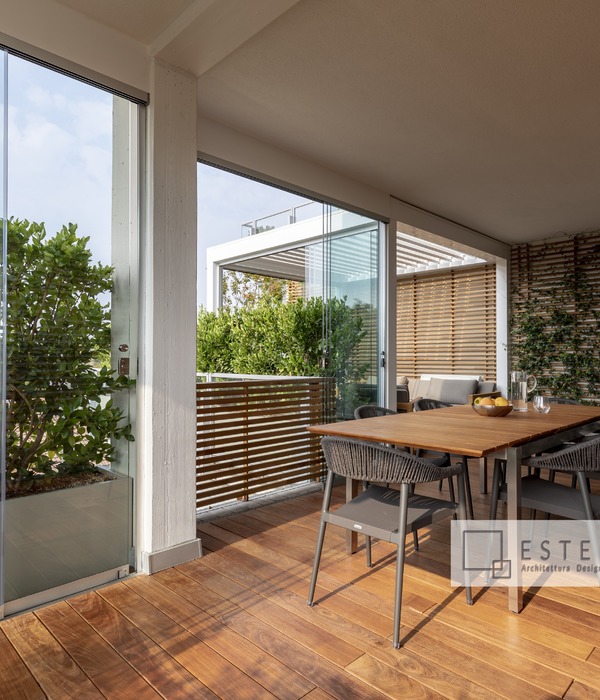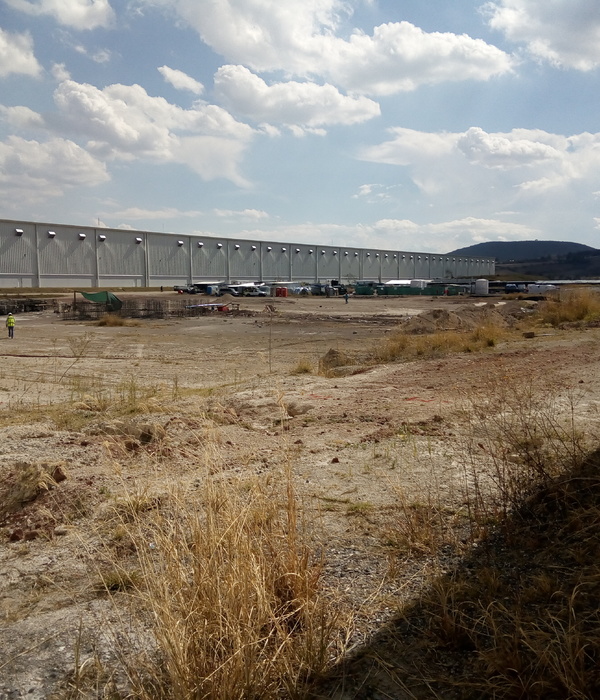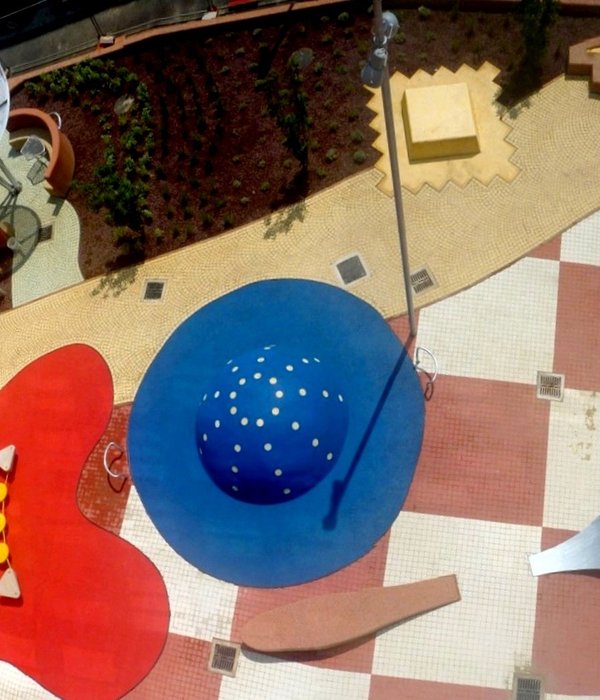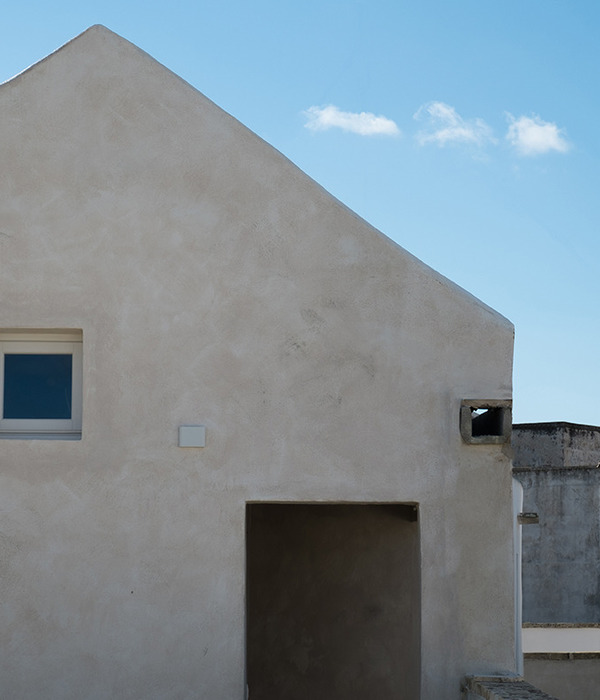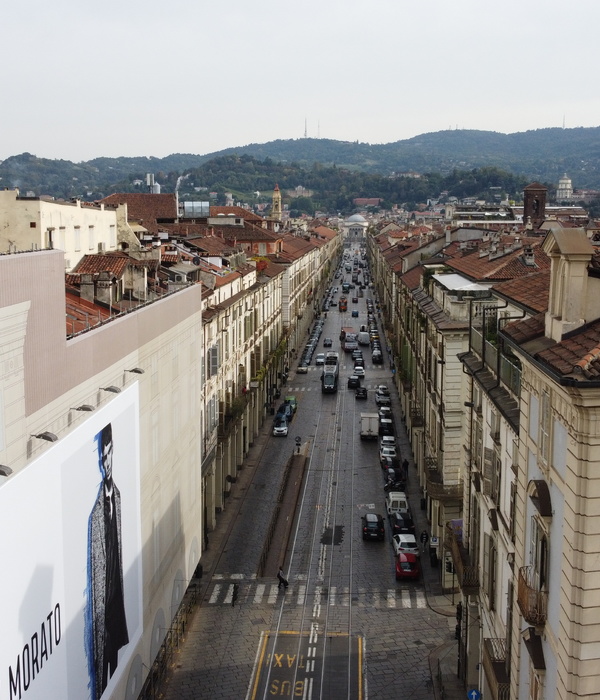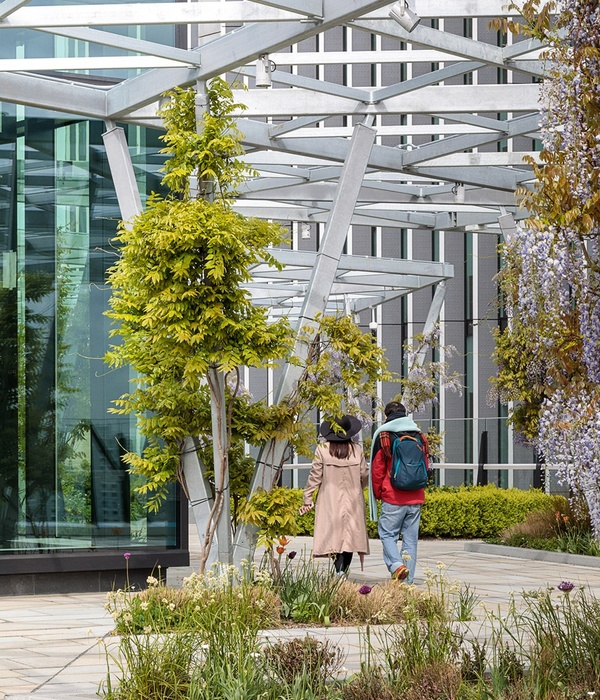Architect:emerymcclure architecture
Location:Ostia Antica, Metropolitan City of Rome Capital, Italy; | ;View Map
Project Year:2010
Category:Masterplans;Waterways/Wetlands;Housing
We came to Rome as examiners of past and present strong cultural conditions as a means to creating our work. This is a fundamental component of our practice as we believe that in order to contribute to the making of place, it is important to understand and acknowledge the identifiable culture of that place. Because of where we practice (Louisiana), we are especially interested in the culture of place making as it relates to (origin) geography, ecology, infrastructure, historical building, and constructed landscapes. We strive to find a way to contribute contemporarily to the continuation and development of identifiable culture.
So we bring these questions about how to practice in the contemporary world came from our work in southern Louisiana to Rome and we have found at Ostia an exemplary site to test the questions.
How can a contemporary investigation be simultaneously respectful and critical of as many factors in place-making as possible? At Ostia one must be respectful of its history, development, and connection to geographical situation. One must be critical of its problematic contemporary position of suburban sprawl, in-effective land use, and disconnect with the geographical surroundings.
What type of investigation can relevantly negotiate these unique environments toward the creation of a more vivid future? At Ostia one finds innumerable unique landscapes must incorporated to fulfill its potential of a more vivid future: ecological, cultural, agricultural, infrastructural, etc.
Can an investigation, like the region, be simultaneously local and global? Ostia is local: its history, building typologies, land use are absolutely tied to its locality. Ostia is global: suburban sprawl, unplanned land use, ecological deterioration, etc.
How can infrastructure be an active agent in place making? Ostia was founded through its relationship to infrastructure: port, etc. Now, Infrastructure is required for habitation to control the flooding, to clean the river, to make potable water, to create power, to produce food, to sustain the environment, to provide access, to distribute goods. We engage infrastructure critically to activate environments. Ostia once again is situated well to test this engagement.
Using Ostia as the catalyst, our research project consists of 3 components: program, regional strategies, and building prototypes. The major goals that enable us to strategize solutions are:
Create more density in productive landscapes and human habitation.
Re-center and reengage Ostia Antica and the River
Find appropriate relative scales of productive landscape to habitation.
The major cultures we work to develop and sustain are:
Acquaculture
Park culture
Building Culture
In conclusion, we aspire to accomplish the following as so eloquently composed by the architectural historian, Joan Ockman.
The very act of designing and building is by definition an affirmative one. Today, an architecture that inquires deeply and radically into the relationship between itself and society, itself and the world, is more resonant and relevant than ever. The complexities of contemporary practice demand not only strategic realism but also critical discernment and conscience. Indeed, while architects have a minimal responsibility to do no harm, they may also aspire to do some good. (Journal of Architectural Education, Volume 62, Issue 3, Pgs. 26 – 27 © 2009 ACSA)
▼项目更多图片
{{item.text_origin}}



